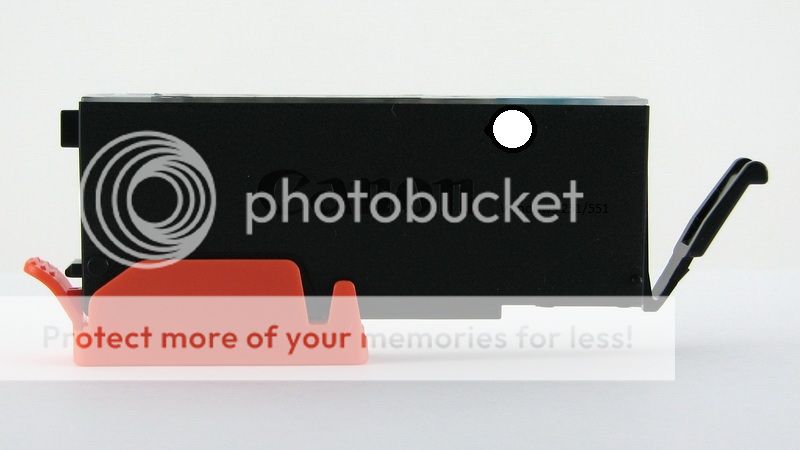InkQuisitive
Getting Fingers Dirty
- Joined
- Apr 1, 2013
- Messages
- 27
- Reaction score
- 10
- Points
- 36
Do any of the elements at the front of the cartridge have a purpose? If not then I would investigate drilling a hole at the top of the front and fill that section with hot melt glue or epoxy adhesive (Slow-set Araldite is very fluid if warmed in hot water before mixingPeterBJ said:...marking 2 is an air intake, which I think is impossible to seal off.
But the stats on page 6 of the links show that an XL cartridge only holds 50% more ink than a small one, so is it worth it to save 1 top-up out of 3?

